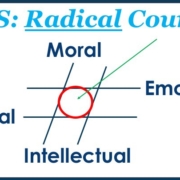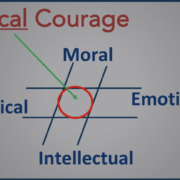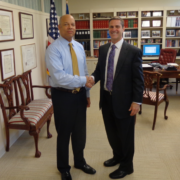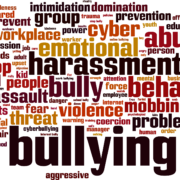The Fastest Ways to Strengthen Your Culture During the COVID-19 Crisis
We do not know what the post-crisis new normal will look like, but we can reasonably guess that distributed workplaces will be more norm than exception.
A distributed workforce creates distinct dilemmas for leaders.
Monitoring work is much easier when everyone is in one place. For some, the open-office was the ultimate micro-management tool. Even so, two-thirds of American employees report being unengaged at work (Gallup).
Micro-management ensures physical presence but does not seem to help much with engagement and productivity.
As more employees work from distributed locations, micromanagement becomes harder.
A discussant at a recent webinar told us about a manager who required his employees to work in front of a live web-conferencing camera, so he could see that they were working. Others report incessant check-ins in which people need to explain what they are doing each hour of the day.
Yes, that’s a ton of time lost in micromanaging.
Culture is another dilemma. There is a considerable risk that managers will treat distributed or telework employees as second-class citizens, which is terrible for morale.
Employees will vote with their feet and computers to a team that values their productivity.
Employee disengagement and turnover are a silent killer; they are the highest costs most companies face.
Here are three ways you can strengthen your culture is a distributed workplace.
First, Hire and Promote for Common-Good Fit.
There are a lot of essential cautions about hiring for culture fit, including undermining diversity and inclusion. Even if done well, hiring for culture fit is too-narrow.

Second, Align Work with Strengths.
Leaders should design work to fit employee strengths, rather than treating everyone as interchangeable cogs.
People who report that they use their strengths each day at work are likely to be two-three-times more engaged and productive than those who don’t (Buckingham and Goodall, Nine Lies About Work).
Leaders who do this well use two frames.
Broad Framing. Use archetypes, such as SLA’s PROM™ Archetypes (Pioneers, Reconcilers, Operators, and Mavericks), so they have a clear mental picture of their team and how to put the right people in the right roles.

Pioneers are innovators, Reconcilers are consensus builders, Operators implement your plans to a high standard, and Mavericks solve big, wicked problems.
Narrow framing. Assign specific tasks based on particular strengths and inclinations. Programs like Tom Rath’s Strengths Finder can help leaders and employees identify the tight framing best for each person.
Third, Develop your Team Leaders.
Your workplace culture is not what’s written on the walls. It’s the total of what happens in the halls and on the zoom calls.
Your team leaders, all the way down to your first-line managers, are the ones who create your workplace culture, one interaction at a time.
You can strengthen your culture by improving the quality of one-on-one engagements.
Each leader, from CEO to first-line manager, should engage with their direct reports at least once per week. If you cannot do that, you have probably exceeded your span of control.
These one-on-ones are the most impact meetings in your organization because their quality directly correlates to levels of productivity and engagement.
There are four great questions you can use as a foundation for these weekly one-on-ones. SLA has created this tool that guides you through these simple questions. Use it with each of your direct reports.
Pro-Tip: Have your direct reports complete the worksheet and send it to you in advance of the meeting.
The distributed workplace is probably here to stay. These three action steps will help you strengthen your culture and morale as you lead your team through this crisis and create the foundations to prosper in the post-crisis new-normal.










